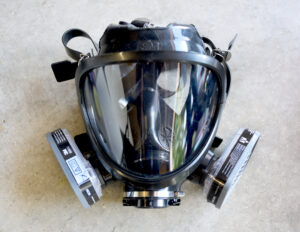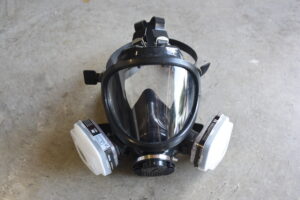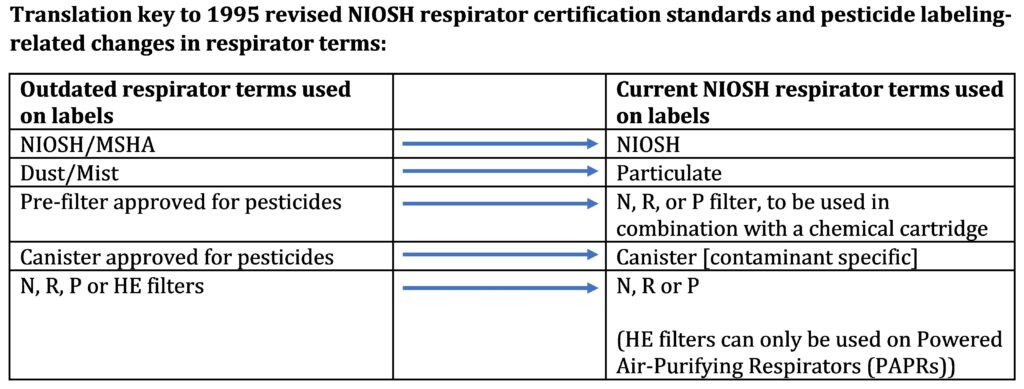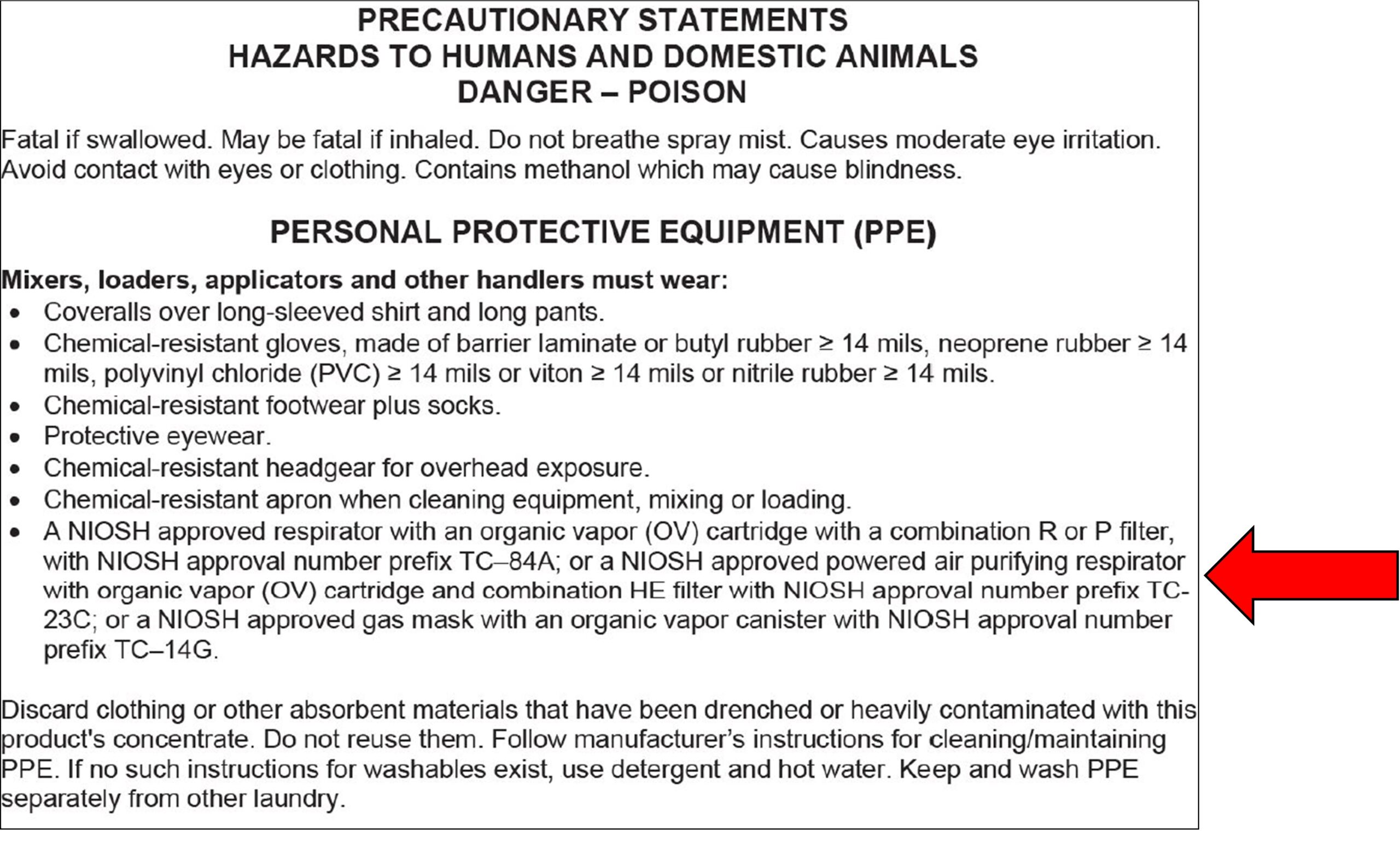Agricultural employers must maintain written records of EACH employee’s WPS respirator-related medical evaluation, fit-test, and training. The records must be kept on the agricultural establishment for two years.
Medical evaluation forms

Image: iStock
The written medical determination of an employee’s respirator medical evaluation results will include the following information:
-
- Any limitations on respirator use related to the medical condition of the employee, or relating to the workplace conditions in which the respirator will be used, including whether or not the employee is medically able to use the respirator;
- The need, if any, for follow-up medical evaluations; and
- A statement that the PLHCP has provided the employee with a copy of the PLHCP’s written recommendation.
Fit-test documentation
Written documentation of an employee’s qualitative or quantitative fit-test must include the following information:
-
- Name of pesticide handler tested
- Type of fit-test performed
- Make, model, style, and size of respirator tested
- Date of test
- Results of fit-test
- Pass/fail for qualitative fit-tests
- Fit factor and strip chart recording or other recording of the test results for quantitative fit-tests
Training records

Image: iStock
The written record of an employee’s respirator training should include the following information:
-
- Name and signature of pesticide handler trained
- Date of training
- Name of trainer
- Training topics
Is any other type of recordkeeping recommended?
Although not required by the WPS, maintaining and regularly updating a written respiratory protection program makes keeping track of responsibilities and records easier and more effective. Written respiratory protection programs normally contain worksite-specific procedures and elements for required respirator use, including the following information:
-
- Procedures for selecting respirators for use in the workplace;
- Medical evaluations of employees required to use respirators;
- Fit testing procedures for tight-fitting respirators;
- Procedures for proper use of respirators in routine and reasonably foreseeable emergency situations;
- Procedures and schedules for cleaning, disinfecting, storing, inspecting, repairing, discarding, and otherwise maintaining respirators;
- Procedures to ensure adequate air quality, quantity, and flow of breathing air for atmosphere-supplying respirators;
- Training of employees in the respiratory hazards to which they are potentially exposed during routine and emergency situations;
- Training of employees in the proper use of respirators, including putting on and removing them, any limitations on their use, and their maintenance; and
- Procedures for regularly evaluating the effectiveness of the program.
It is recommended the program be administered by a designated program administrator with the training and experience to implement, oversee, and evaluate the effectiveness of the program.




